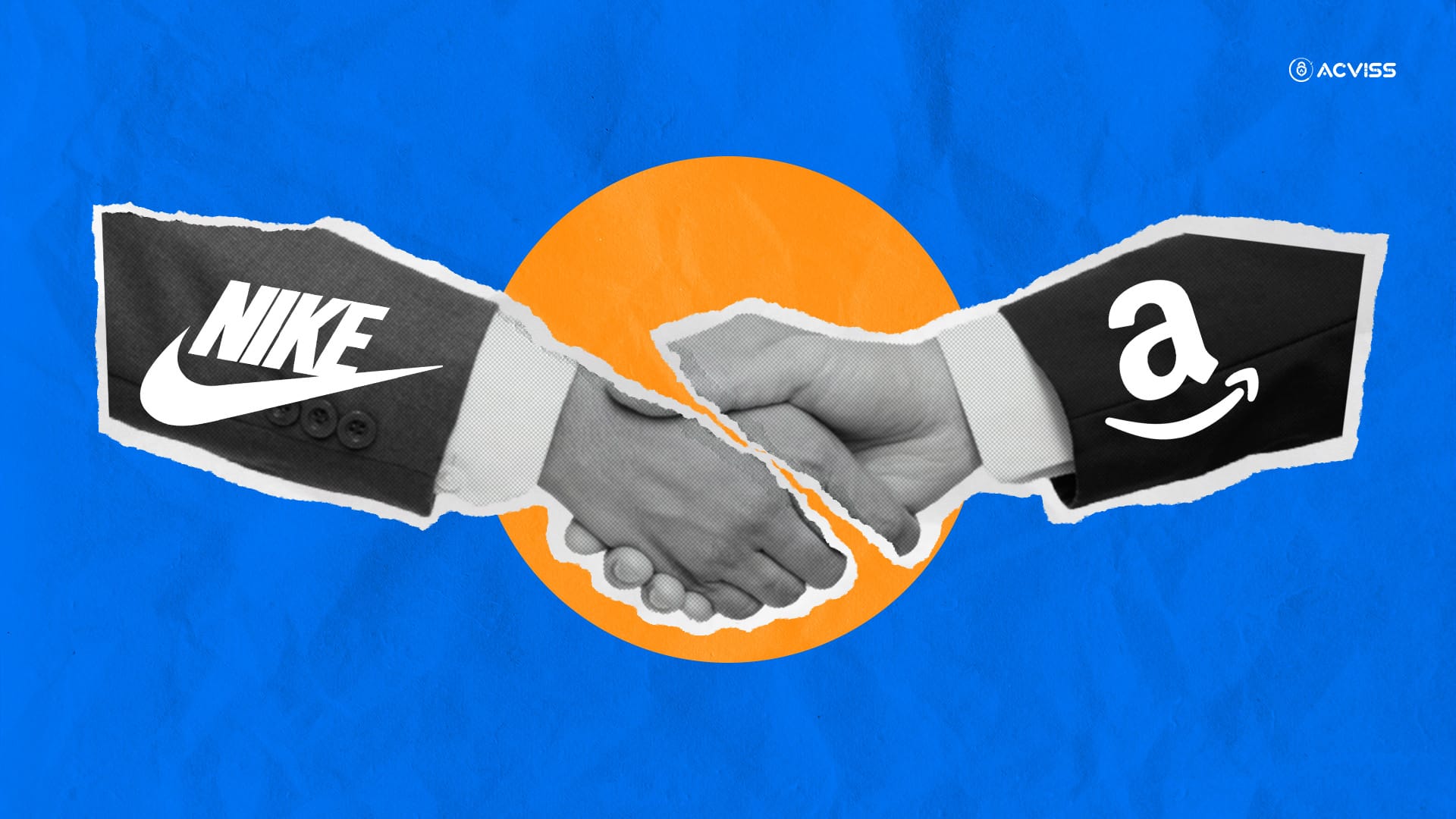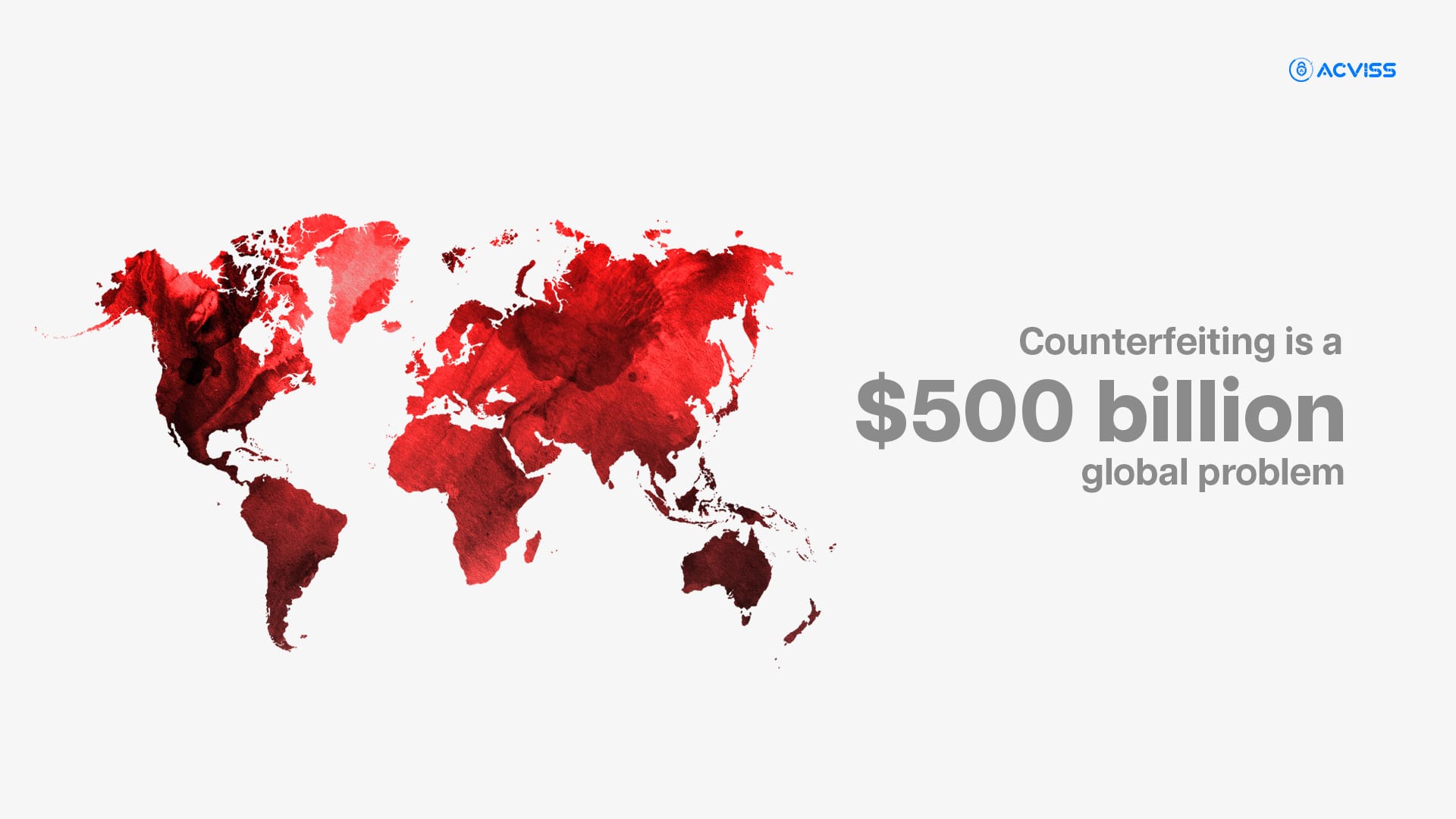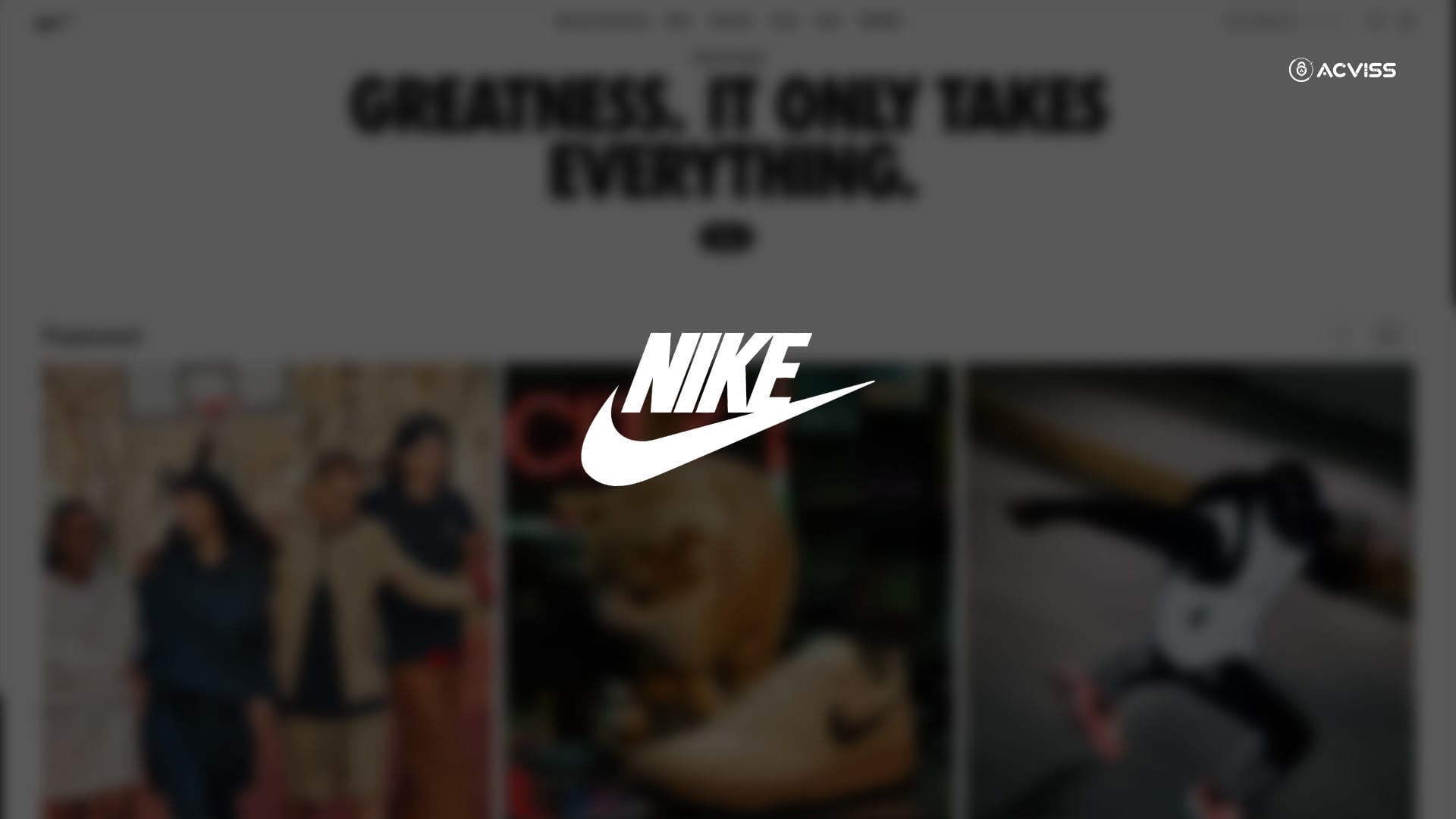Why Did Nike and Amazon Part Ways? Deep Dive into Marketplace BrandProtection

In 2019, Nike made headlines by severing its direct-selling relationship with Amazon. This strategic move was fuelled by the sportswear giant's focus on maintaining brand authenticity and combating the rampant issue of counterfeits on online marketplaces. Nike’s decision serves as a case study in marketplace brand protection, offering valuable lessons for brands battling unauthorized sellers and fake products.
The Nike-Amazon Partnership: What Went Wrong?
- Initial Collaboration:
In 2017, Nike partnered with Amazon to gain more control over its product listings, ensuring customers received authentic goods. This move was also aimed at eliminating unauthorized third-party sellers. - The Reality:
Despite the agreement, counterfeit products continued to thrive on Amazon’s platform. Unauthorized sellers often listed fake Nike products, diluting the brand’s image and trustworthiness.
Key Reasons for the Split
1. Counterfeit Products on Amazon
- Nike faced significant challenges ensuring that only authentic goods were sold on Amazon.
- Third-party sellers exploited the platform to distribute fake Nike products, damaging the brand’s reputation.
2. Lack of Control Over Brand Representation
- Amazon’s open marketplace structure meant that Nike had limited control over how its products were presented.
- Inconsistent pricing, poor-quality images, and incorrect product descriptions confused customers.
3. Direct-to-Consumer Focus
- Nike shifted its strategy to prioritize direct-to-consumer (D2C) sales through its website and retail stores.
- By cutting out intermediaries, Nike could offer a better customer experience and strengthen its brand connection.
The Domino Effect: Post-Amazon Moves by Nike
Since cutting ties with Amazon, Nike has doubled down on its Direct-to-Consumer (D2C) strategy. Let’s break down their approach:
Building an Ecosystem
- Nike Apps: Apps like Nike Training Club and SNKRS not only sell products but engage users with exclusive content, workouts, and launches.
- Loyalty Programs: Nike’s membership rewards system offers perks like free shipping and early product access, strengthening customer relationships.
Expanding Owned Retail
Nike’s investment in flagship stores emphasizes experiential shopping. These spaces act as brand ambassadors, showcasing innovation while keeping counterfeits at bay.Collaborations & Exclusivity
Limited-edition collaborations with designers and athletes make it harder for counterfeiters to mimic products effectively.
The Bigger Picture: Counterfeiting in Online Marketplaces
- Counterfeiting is a $500 billion global problem, with a significant portion occurring in e-commerce.
- Online platforms, while offering convenience, often struggle to eliminate fake products entirely.
- Unauthorized sellers contribute to this issue, making it harder for brands to maintain trust and authenticity.

How Brands Like Nike Are Fighting Back
1. Marketplace Brand Protection Strategies
- Brand Registry Programs: Enrolling in marketplace programs to take control of product listings.
- Legal Actions: Pursuing lawsuits against counterfeiters and unauthorized sellers.
2. Advanced Anti-Counterfeiting Technologies
- Serialization and QR Codes: Assigning unique identifiers to products for easy verification.
- Blockchain Technology: Creating transparent supply chains to prevent fake goods from entering the market.
3. Strengthening Direct-to-Consumer Channels
- Investing in D2C sales models to regain control over product distribution and customer experience.
Is Amazon to Blame? Challenges for Online Marketplaces
While Nike made a bold move, Amazon’s challenges mirror issues faced by all e-commerce giants:
- Volume Over Vetting: With millions of sellers, it’s nearly impossible to vet every product.
- Lagging Technology: Algorithms to detect fakes are often one step behind counterfeiters.
- Weak Seller Accountability: Inadequate penalties for unauthorized sellers encourage repeat offences.
However, Amazon has made strides in recent years, introducing tools like Amazon Transparency, which allows brands to assign unique codes to products for authenticity verification.
What Can Other Brands Learn from Nike?
- Control Is Key: Brands must prioritize platforms where they can fully control product listings and customer interactions.
- Invest in Brand Protection: Implement anti-counterfeiting technologies and work with trusted partners to secure your supply chain.
- Engage Customers Directly: Building a strong D2C presence can reduce reliance on third-party marketplaces.

A Giant Step for Brands
Nike’s decision to part ways with Amazon highlights the importance of marketplace brand protection in the modern e-commerce era. For brands, the message is clear: safeguarding authenticity and maintaining control over how products are sold and pr esented is non-negotiable in building customer trust.
By taking proactive measures against unauthorized sellers and sports counterfeits, brands can ensure a loyal customer base and a strong market presence.
Frequently Asked Questions (FAQs)
1. Why did Nike initially decide to partner with Amazon despite the risk of counterfeits?
Nike partnered with Amazon in 2017 to address the problem of unauthorized third-party sellers and gain greater control over its product listings on one of the world's largest e-commerce platforms. The partnership was also a strategic attempt to expand its online presence and meet growing customer demand on Amazon.
2. Did Nike's exit from Amazon affect its overall sales?
Nike's shift to a Direct-to-Consumer (D2C) model has been largely successful. While the initial decision to leave Amazon may have caused short-term challenges, it allowed Nike to boost sales through its website, mobile apps, and retail stores, leading to long-term growth and improved profit margins.
3. Are there any other major brands that have left Amazon or avoided selling on the platform?
Yes, several high-profile brands, including Birkenstock and Patagonia, have chosen to either leave Amazon or avoid selling there altogether. Their decisions are often tied to concerns over counterfeiting, unauthorized sellers, and lack of control over product presentation and pricing.
4. What alternative platforms or strategies do brands like Nike use to compete with marketplaces like Amazon?
Brands are investing in proprietary e-commerce platforms, mobile apps, and experiential retail stores to directly engage customers. They also focus on leveraging social media, loyalty programs, and exclusive collaborations to build a strong D2C presence.
5. What role do customer education and awareness play in combating counterfeits?
Educating customers about the risks of purchasing from unauthorized sellers and how to identify counterfeit products is crucial. Clear communication, such as advising customers to buy only from official channels, can significantly reduce the impact of counterfeiting. Brands often use authenticity guides, dedicated support channels, and verification technologies to support this effort.
